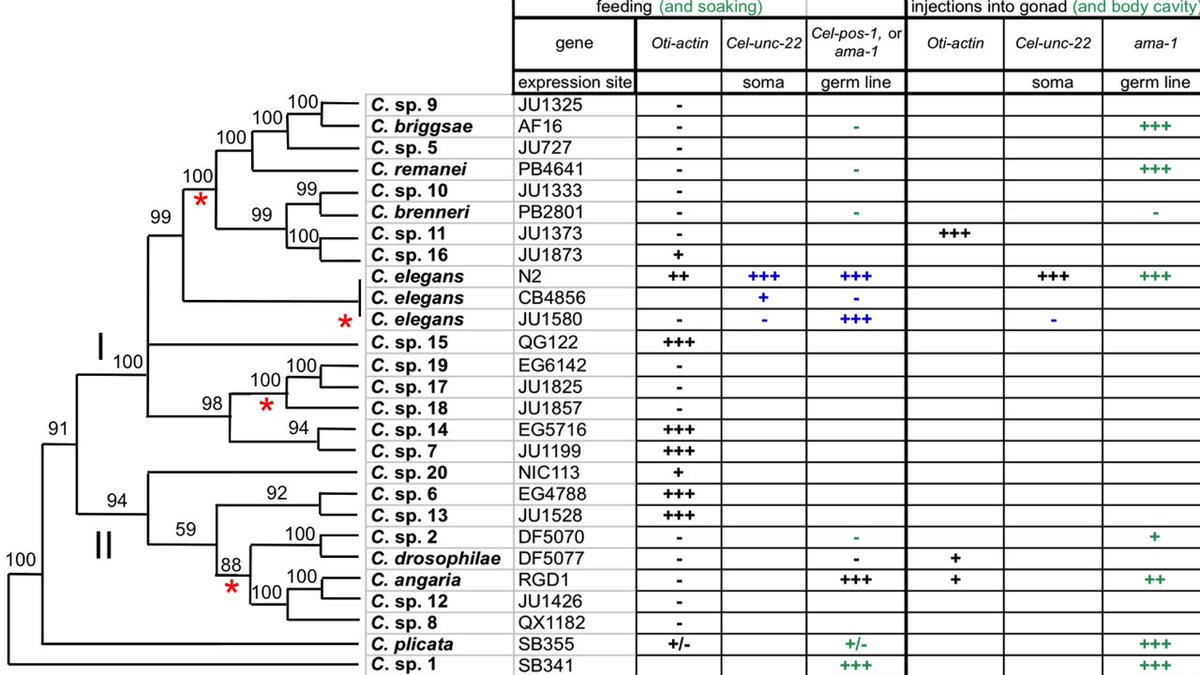
A thread on an important topic that not enough people know about: the s-curve. It shows us how technologies develop, and it helps explain a lot about how and when certain technologies win, and when startups should enter a market. I'll illustrate with the history of the ebook! 1/n 

The S-curve shows you how a technology's capabilities change over time and investment. But I want to start with a caveat: when and why this happens is complex. If you want to know more about those complexities, this article is a good place to start. 2/ hbs.edu/ris/Publicatio… 



Technologies usually begin with an "Era of Ferment" where everyone knows a new tech is coming, but companies experiment with possible forms. In the case of e-books, there were lots of options: In-bookstore printing! Serials you paid for by the chapter! The Sony Data Discman! 3/ 

Eventually, a winning technology emerges - we call this the "dominant design." Suddenly, when Amazon gets up to speed, everyone knows what an ebook is: it looks like a Kindle! It is a e-ink device with few buttons, optimized for reading & it is connected to a ebook store. 4/ 

Now there is a period of take-off, where companies compete around a single concept. Prices fall, capabilities increase and, one-by-one, competitors drop out as the fail to keep up, as you can see in this awesome chart by Jim Utterback, looking at 150 years of tech competition. 5 

Eventually, the technology begins to mature and stagnate, either because it is too expensive to develop or inertia has set in. Instead of capability, competitors try to out market each other with various luxury tweaks and fixes: Waterproof! Better buttons! Color choices! 6/ 

Finally, along comes a new technology, one that is just starting up its S-curve, that disrupts the old technology. Now, how & when this happens is a subject of vigorous academic debate currently. This article is a good summary of some of the thoughts: 7/ timharford.com/2018/10/why-bi… 

• • •
Missing some Tweet in this thread? You can try to
force a refresh




















